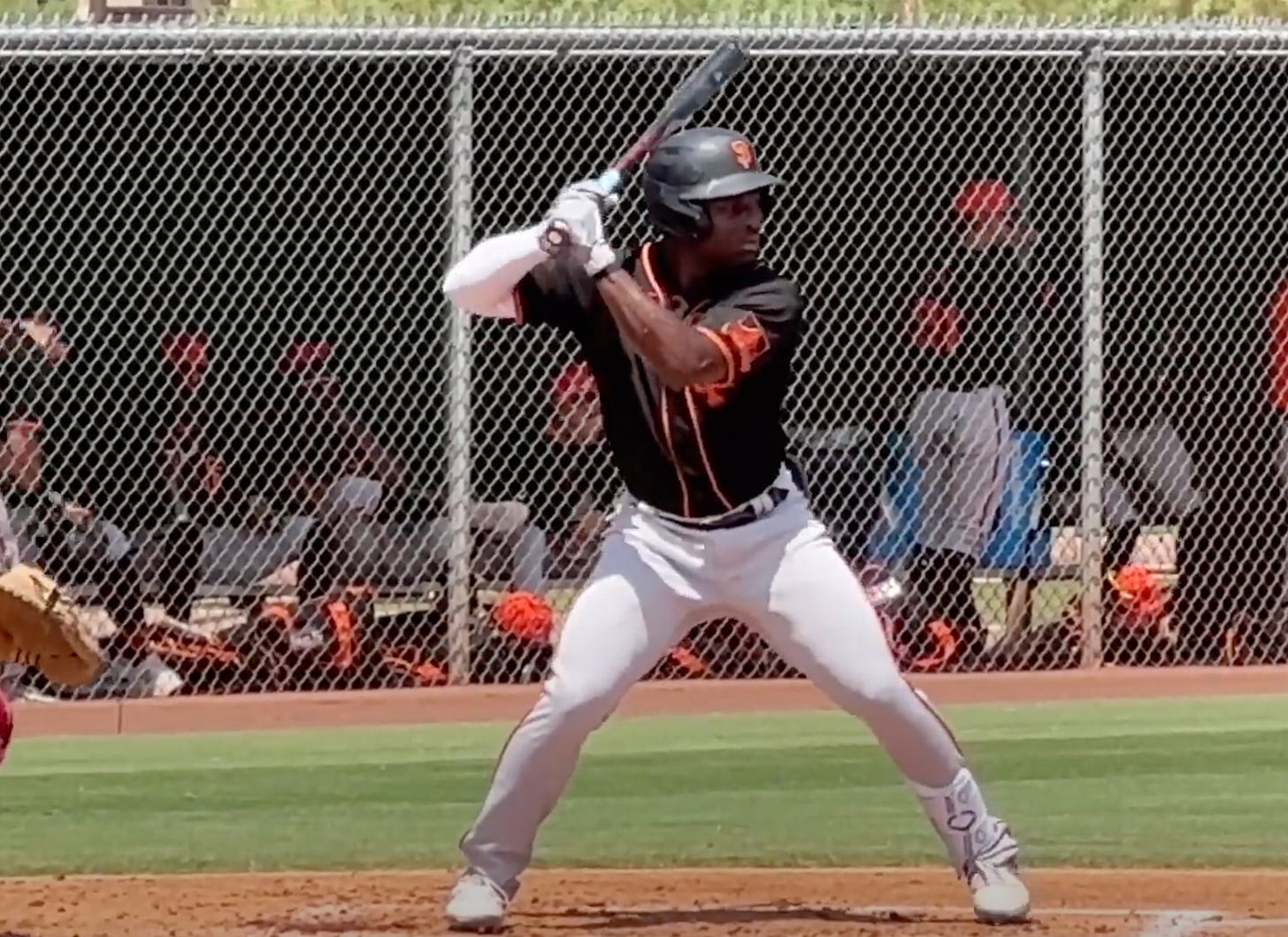So far, in this year’s Top 50, we’ve seen:
I frequently get comments or questions from readers regarding the Giants’ draft strategy or philosophy — What do I think they are? Is Player X an indication of a shift in that strategy? How will they change under new management? But whenever I think of strategies as they pertain to the MLB draft, my mind always goes to the old military axiom: no battle plan ever survives first contact with the enemy.
Once facts on the ground start flying, well-laid plans quickly get shot to hell. And facts on the ground do fly pretty fast and furious on draft day. On draft day in 2006, the Tampa Bay Devil Rays’ Scouting Director had barely concluded a phone call to Tim Lincecum and his representative, coming to a general agreement on financial terms, when he looked up to see that the Rockies had shockingly left Evan Longoria on the board. Faced with the unexpected opportunity to take the guy they had #1 on their board, a second call went Lincecum’s way, this time with a “sorry to have to say this…” tenor. Who knows, if the Rox had done the expected thing, maybe we’d all be much bigger fans of Max Scherzer (taken one pick after Timmy at the 11th spot).
You have to play the game board in front of you — not the one you’re hoping to see.
Anyone trying to wrestle with the notion of Giants’ draft philosophy under Farhan Zaidi was left with a doozy of a conundrum with his final act. For how in the world could any one strategy possibly comprehend both James Tibbs III and Dakota Jordan? The Venn Diagram of these players’ skills is two distinct circles, huddled suspiciously far away from each other like the clusters of boys and girls at a junior high dance.
Returning to one of my favorite cinematic metaphors, if we shoved Tibbs and Jordan through the twisted machine invented in the sci-fi classic, The Fly, re-mixing their strengths and weaknesses, we might well come out with a player destined for the Hall of Fame, combining plus-plus power and speed with a silky smooth left hand swing, and elite athleticism matching elite zone awareness and swing decisions (of course, it’s a shame about the other guy who comes out the other side of the machine).
But, we don’t have the player-squisher to push these players through — and it would be a mean thing to do to two such nice young men anyway. So then how are we to decide which one of these diametrically-opposed skillsets was actually the Giants’ “type?”
Hm….maybe…..here’s an idea…
Keep reading with a 7-day free trial
Subscribe to There R Giants to keep reading this post and get 7 days of free access to the full post archives.




